Taxation Law: Superannuation Taxation History, Objectives & Amendments
VerifiedAdded on 2024/04/26
|5
|723
|486
Report
AI Summary
This report provides an overview of superannuation taxation in Australia, focusing on its objectives, history, and recent amendments. The taxation of superannuation occurs at three stages: contribution, investment income, and benefits. The tax rates vary based on factors like pre- or post-income tax contributions, high-income status, and exceeding contribution caps. Introduced in 1992, the superannuation system aims to encourage savings for retirement, channeling money into the market for economic and community benefits while also serving as a revenue-raising measure. Recent amendments include reductions in annual concessional contribution caps, increased income threshold limits, and changes to pension and preservation ages, all aimed at improving economic management and employee benefits. Desklib offers a wealth of similar resources for students.
1 out of 5
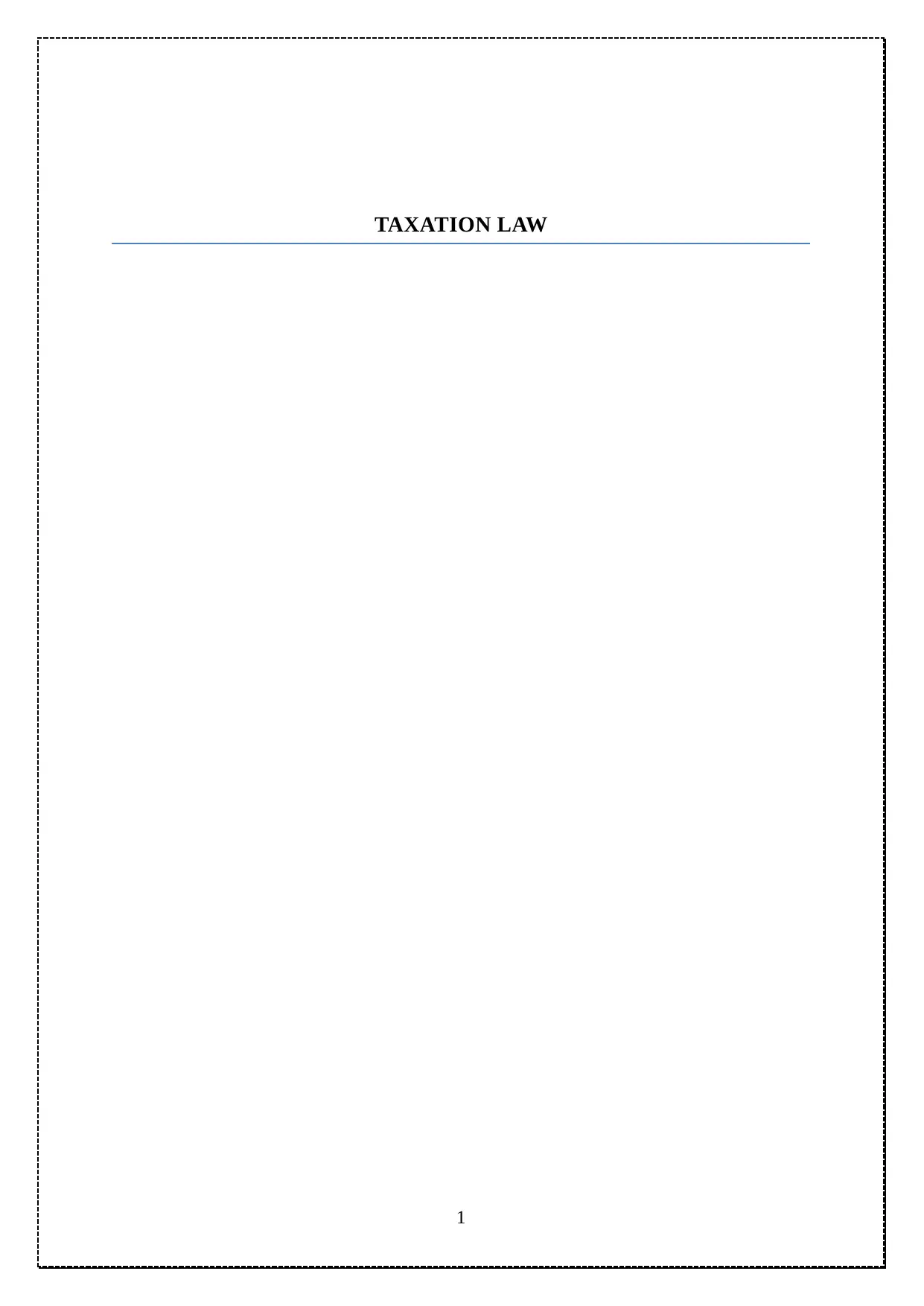
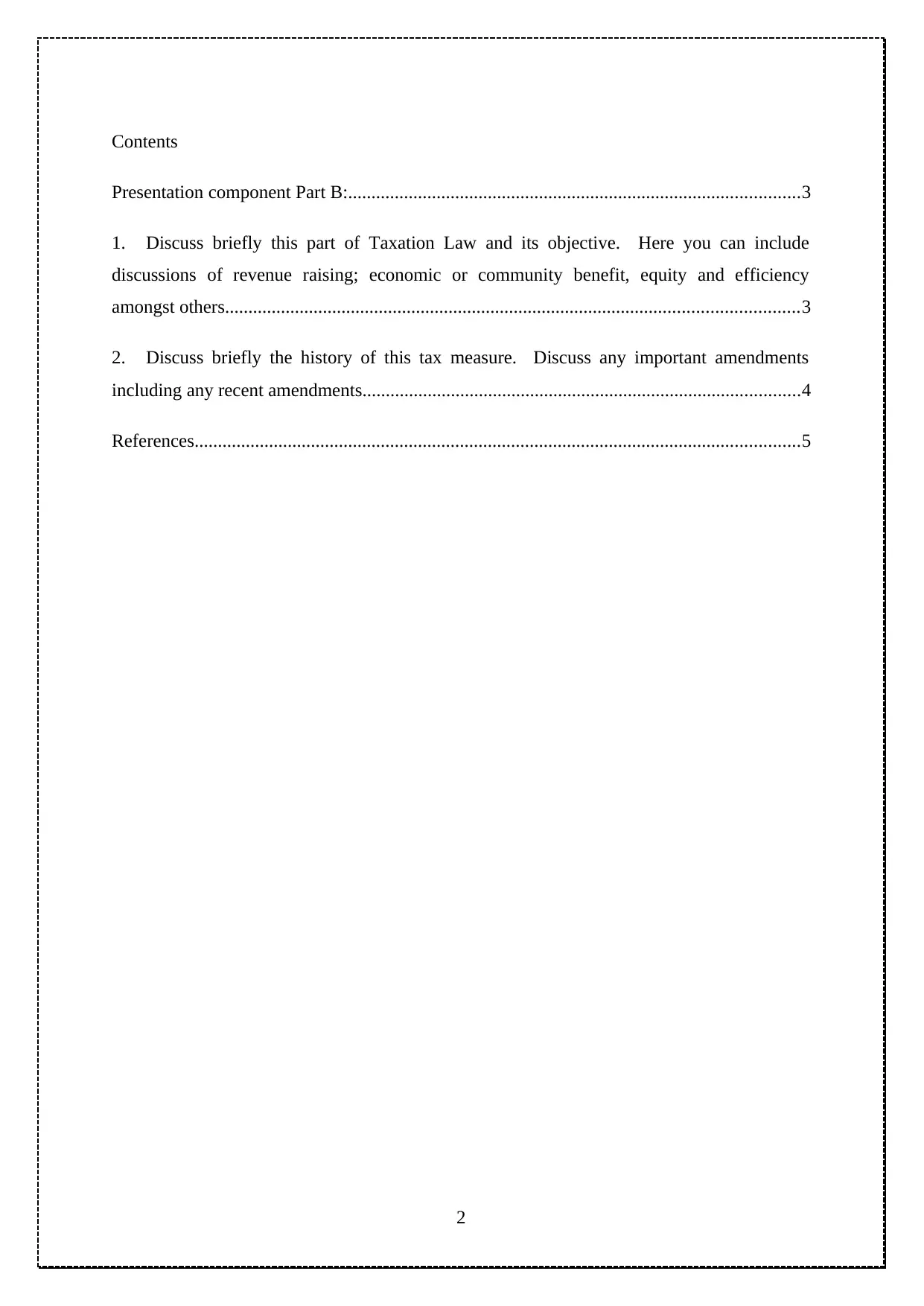
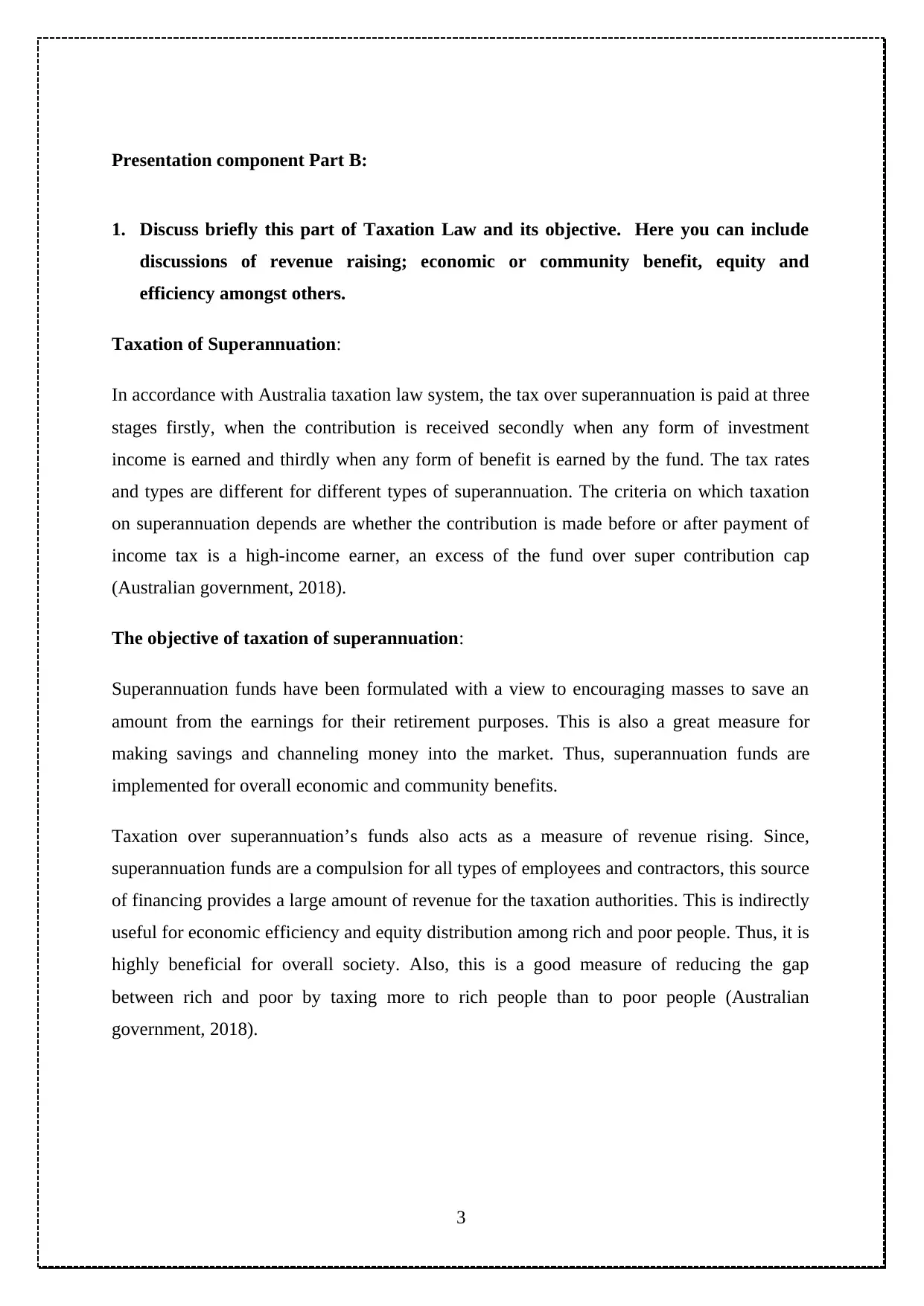

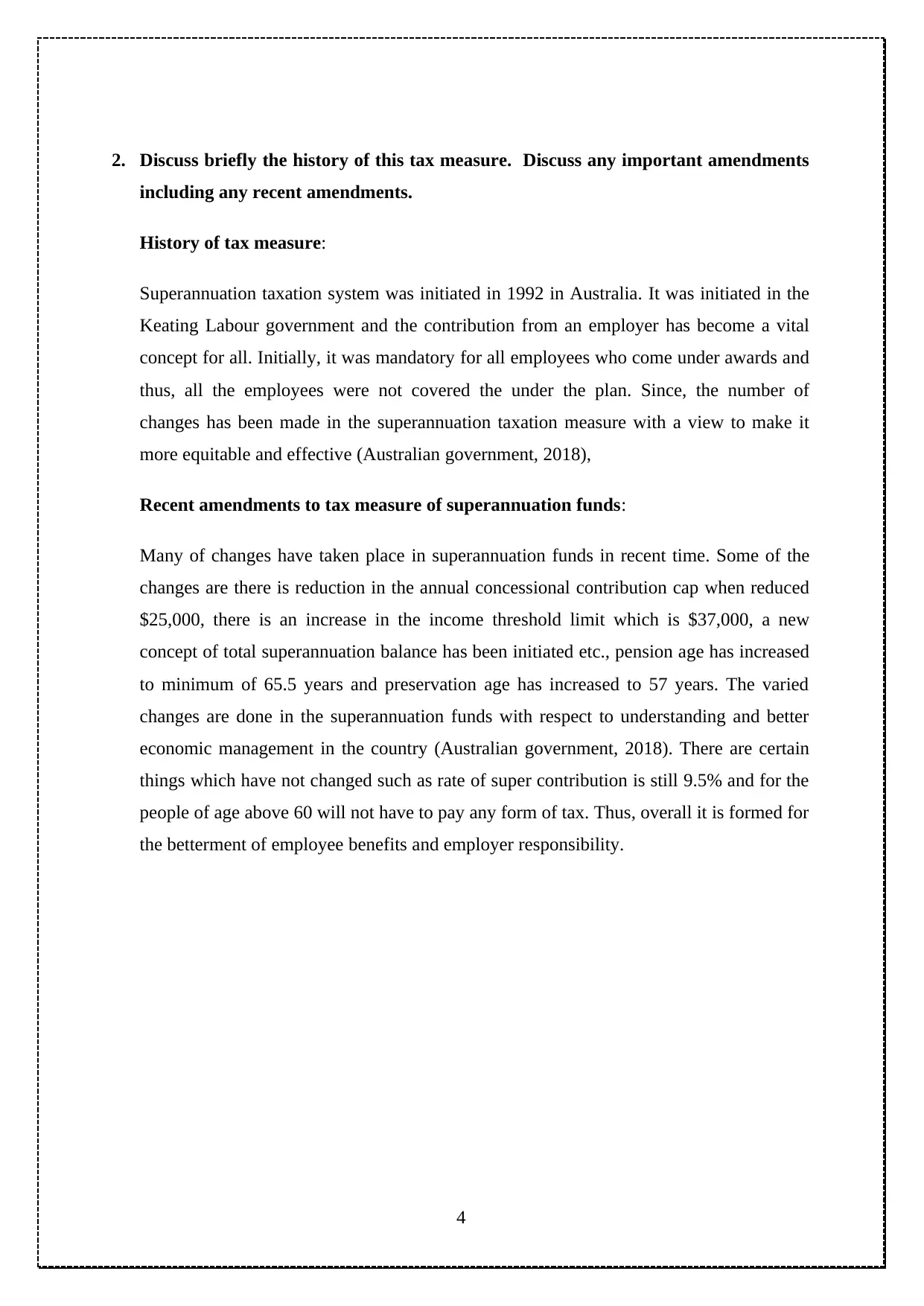
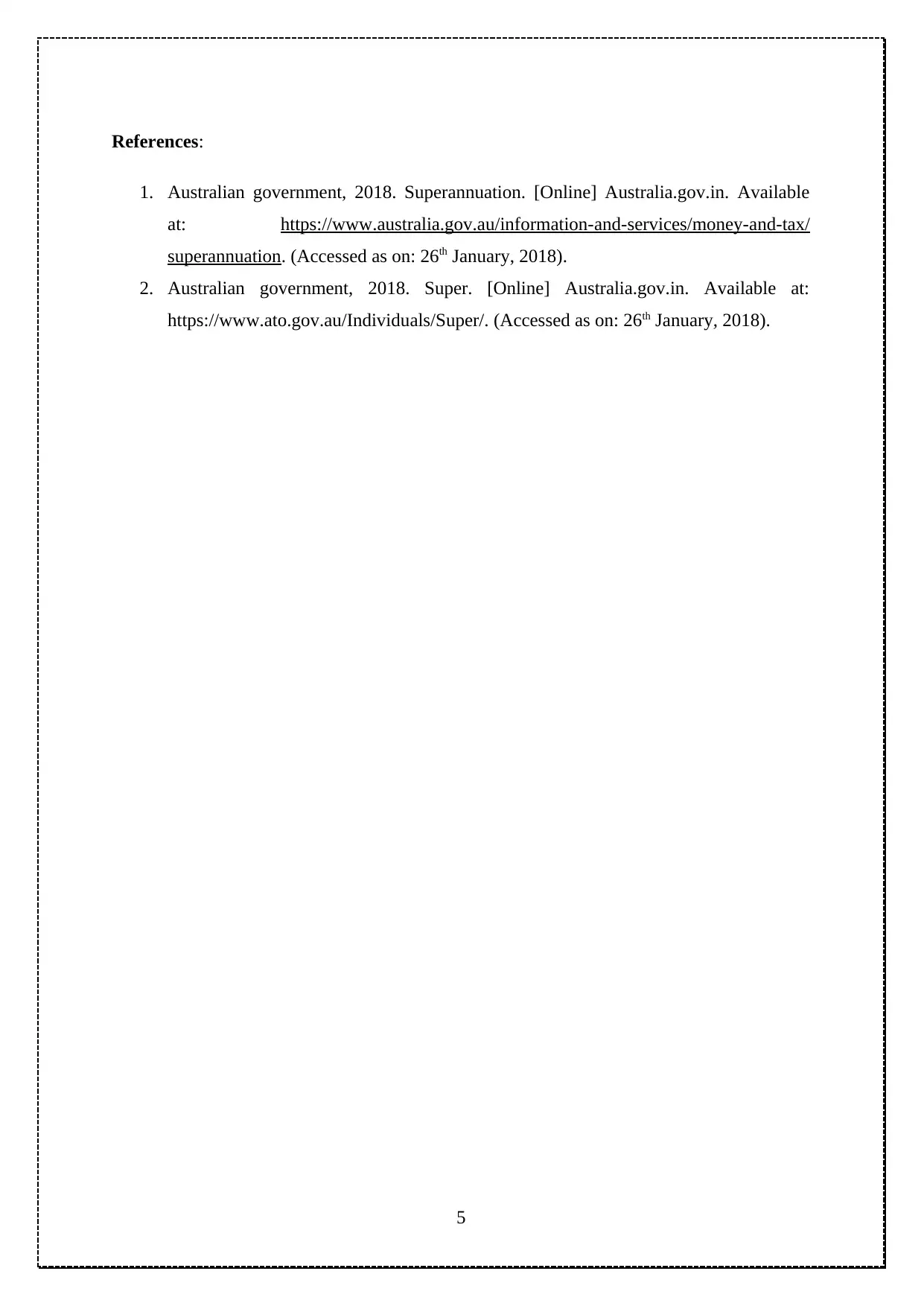





![[object Object]](/_next/static/media/star-bottom.7253800d.svg)